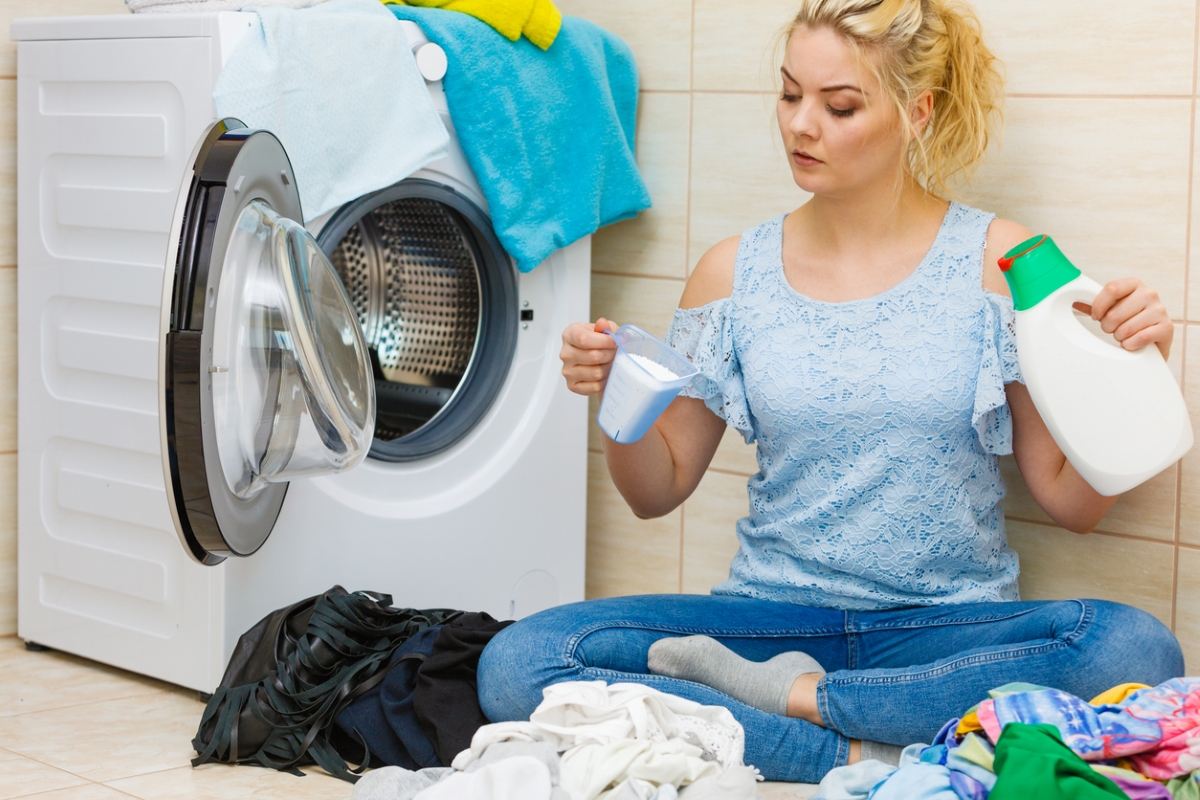

We may earn revenue from the products available on this page and participate in affiliate programs. Learn More ›
We all have our own ways of doing our laundry: Some of us toss towels in with delicates willy-nilly, and others meticulously separate our washes by color. However attentive (or not) we are to the “rules” of laundering, we’re bound to screw up once in a while. Using the wrong detergents and ignoring your clothing labels, for example, are mistakes that could cost you money and headaches down the road. Learning how to avoid these and other with your laundry mistakes can save you time and money by keeping your clothes, linens and appliances in top shape.
1. Using Fabric Softener on Everything
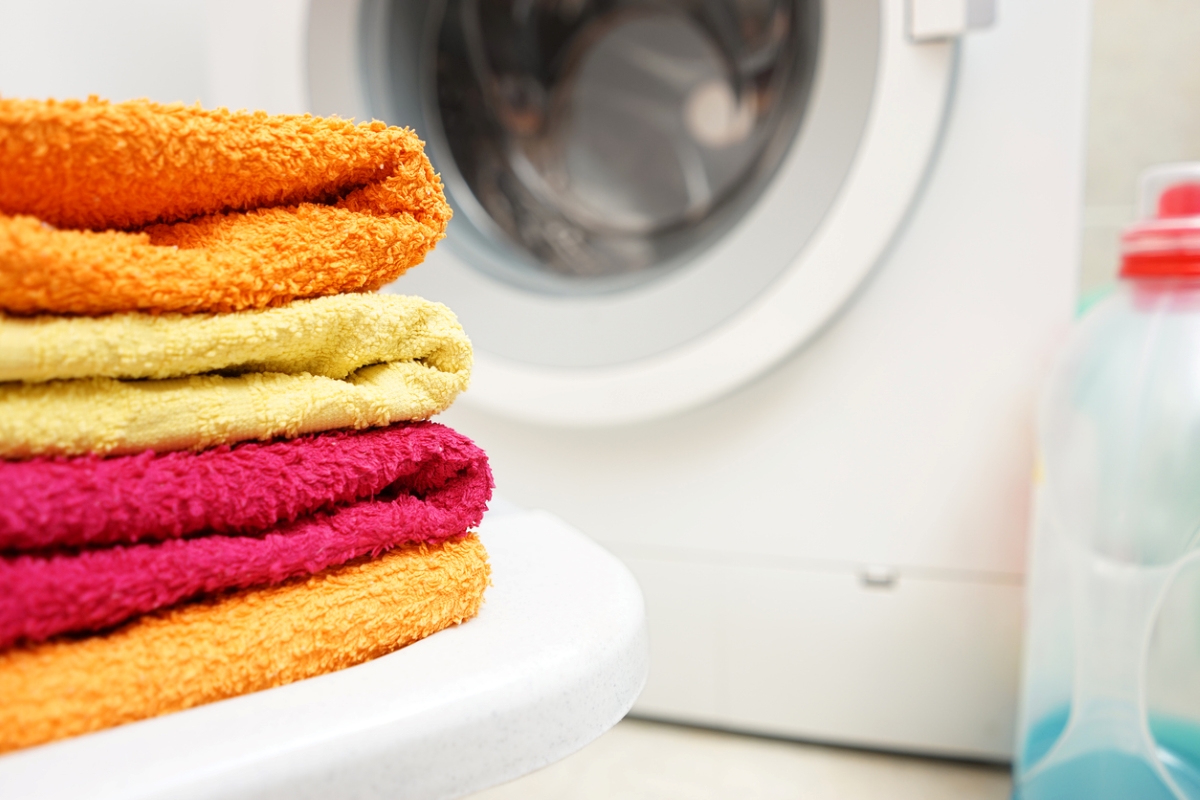
While you may think fabric softener is a great way to keep your towels soft and fluffy, over time it actually causes them to stiffen. Plus, fabric softener reduces your towels’ effectiveness by decreasing terry cloth’s ability to absorb water. Instead of dumping in a cupful of softener, add a cup of white vinegar along with your laundry detergent—about every other load—to keep your towels feeling and smelling good.
2. Skipping Cleaning Duties

Deal Alert
Affresh Washing Machine Cleaner tackles odor-causing residue and buildup in both front- and top-load washers, including high-efficiency models. With six tablets per pack, it’s an excellent value for a deep-cleaning solution that keeps your machine running fresh—especially when similar cleaners cost more for fewer uses.
Get the Affresh washing machine cleaner on Amazon for $11.98.
You would think that a washing machine would stay clean just through regular use, but actually, washing machines need to be cleaned periodically. If you don’t give the machine an occasional rinse, odors can develop and your clothes might come out smelling musty, or stained with white streaks. Once or twice a year, run the washer on the hottest water setting and add a quart of chlorine bleach to kill bacteria, mold, and mildew. When the cycle finishes, run the machine once more on the hottest setting, but this time, add one quart of white vinegar to the wash water, and also fill any fabric softener or detergent dispensers with vinegar.
RELATED: Washing Machine Smells: Common Causes and Easy Fixes
3. Setting Stains in the Dryer
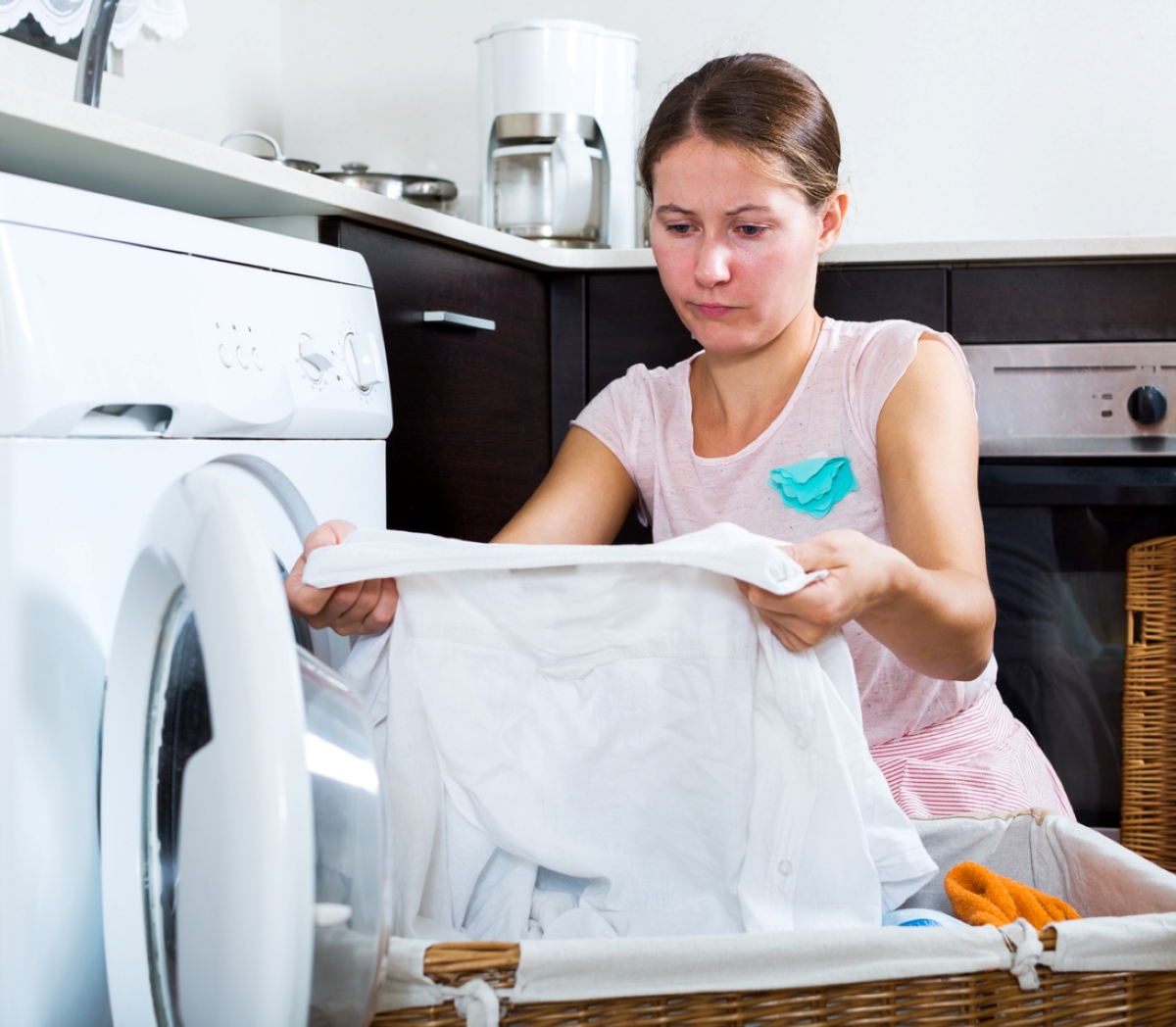
You spilled spaghetti sauce on your favorite shirt, but after washing and drying it, you find the orange stain remains. Unfortunately, you’ll be hard-pressed to remove a stain once the heat of the dryer sets it in the fabric. Pretreat stains—especially if oily, colored, or heavy—before washing the item, and check that the stain is gone at the end of the wash cycle. If the stain still shows, treat it with stain remover and wash the item again. Stains that stick around through two treatments are most likely permanent.
RELATED: How to Use OxiClean Around the House
4. Creating Mysterious Oil Blotches
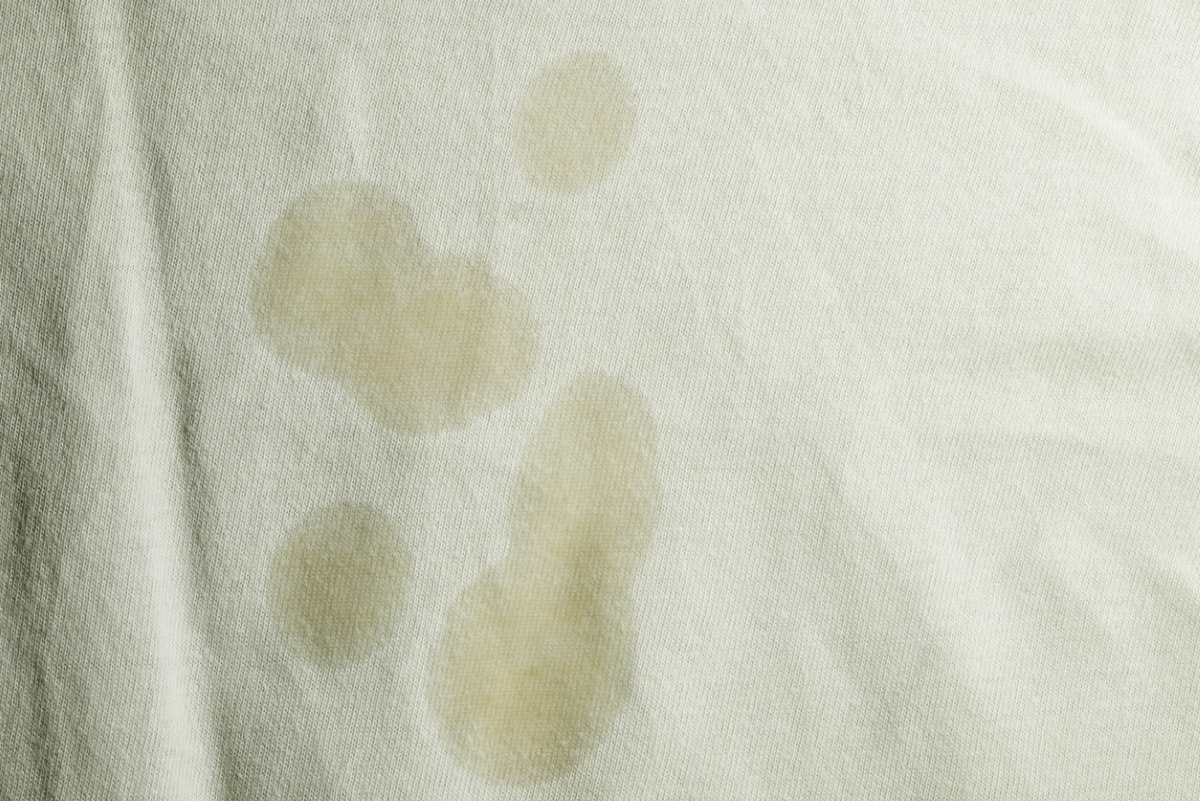
Have you ever pulled your clothing out of the dryer and wondered how those small oil blotches got on your darks when you’re sure you didn’t spill anything on them? The answer probably lies in your use of fabric-softening sheets. These dryer sheets can sometimes create oily stains on clothing, particularly if you use off-brand products, as opposed to clean-scented, stain-free options like Mrs. Meyer’s Dryer Sheets. To remove the oily spots, rub the stains with a bit of soap, and rewash the clothing without detergent or fabric softener.
5. Not Doing Due Diligence
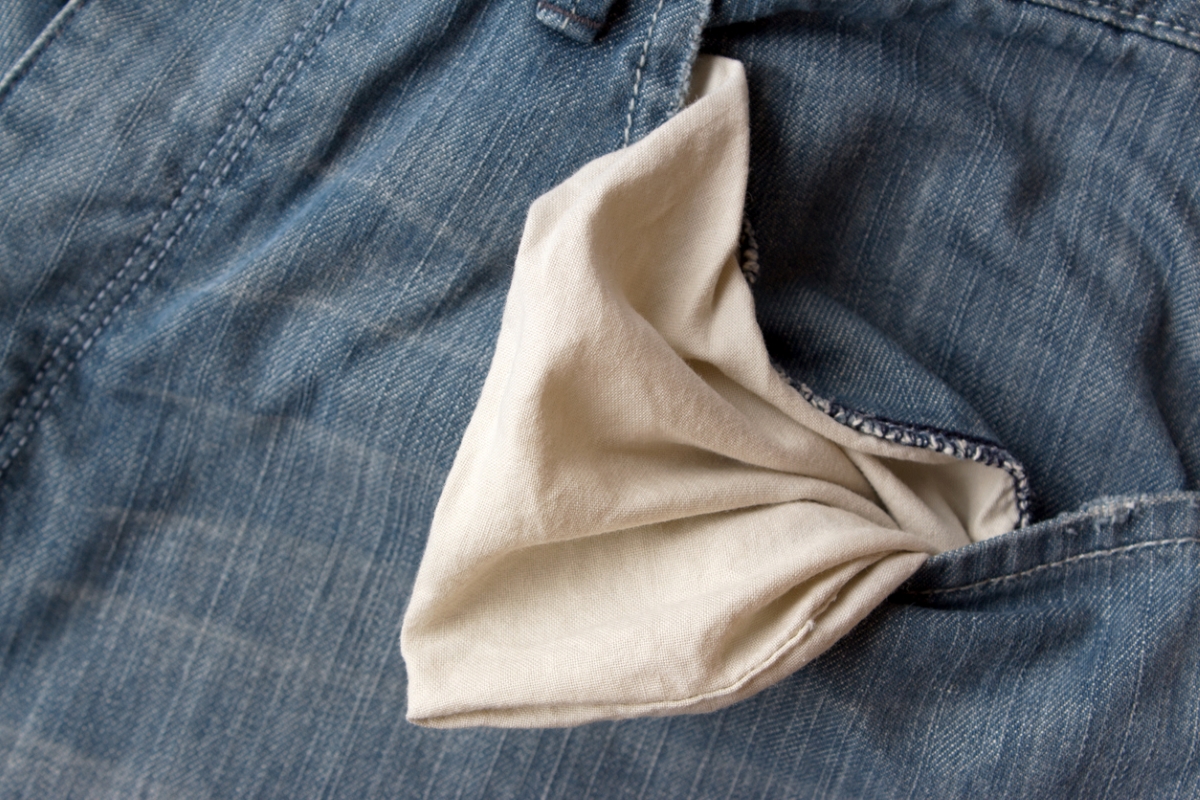
It’s not just children who forget to remove food, tissues, pens, money, or other objects from their pockets before tossing their pants into the laundry hamper. Adults are just as often the guilty parties. Avoid the disaster of ink-stained clothing or the nuisance of Kleenex bits all over your garments by taking a moment to check pockets before putting the load into the washer.
RELATED: 22 Laundry Room Ideas That May Make This Your Favorite Spot in the House
6. Using the Wrong Detergent for Your High-Efficiency Washing Machine

You may think you can save a few pennies by using regular detergent in a high-efficiency (HE) washing machine, but you’re risking trouble by scrimping. High-efficiency laundry detergent is low sudsing and specially formulated to work in HE washers, which use less water and a different tumbling action than traditional washing machines. Using regular detergent in these high-efficiency machines can cause an overflow of suds that could leave your clothes soapy and could even stop the machine from working. Conversely, there’s no danger in using high-efficiency detergent in a traditional machine.
7. Leaving Dirt Behind
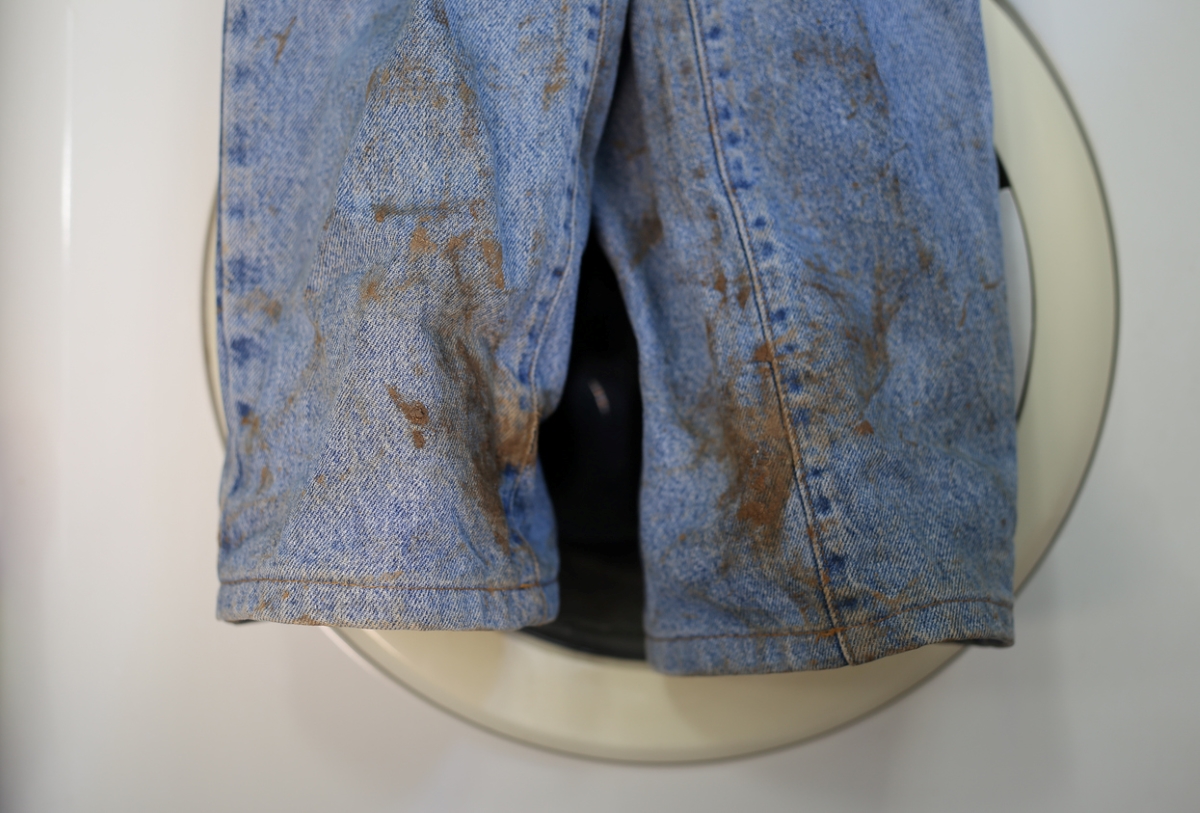
Washing something extra dirty, such as pet bedding, mud-encrusted pants, sandy beachwear, or clothes covered in campground dust? Help release all that hair and dirt by adding an extra rinse cycle, using less detergent than usual, and adding a cup of white vinegar to the rinse water. Then, once the load is finished, run a cycle with the machine empty to remove any debris that’s left behind. After washing clothes that may have blood stains or someone in the home has been ill, it’s a good practice to disinfect the washing machine with bleach or vinegar to kill any harmful bacteria.
RELATED: The 13 Best Things You Can Buy for Your Laundry Room (for Under $50)
8. Leaving Zippers Unzipped
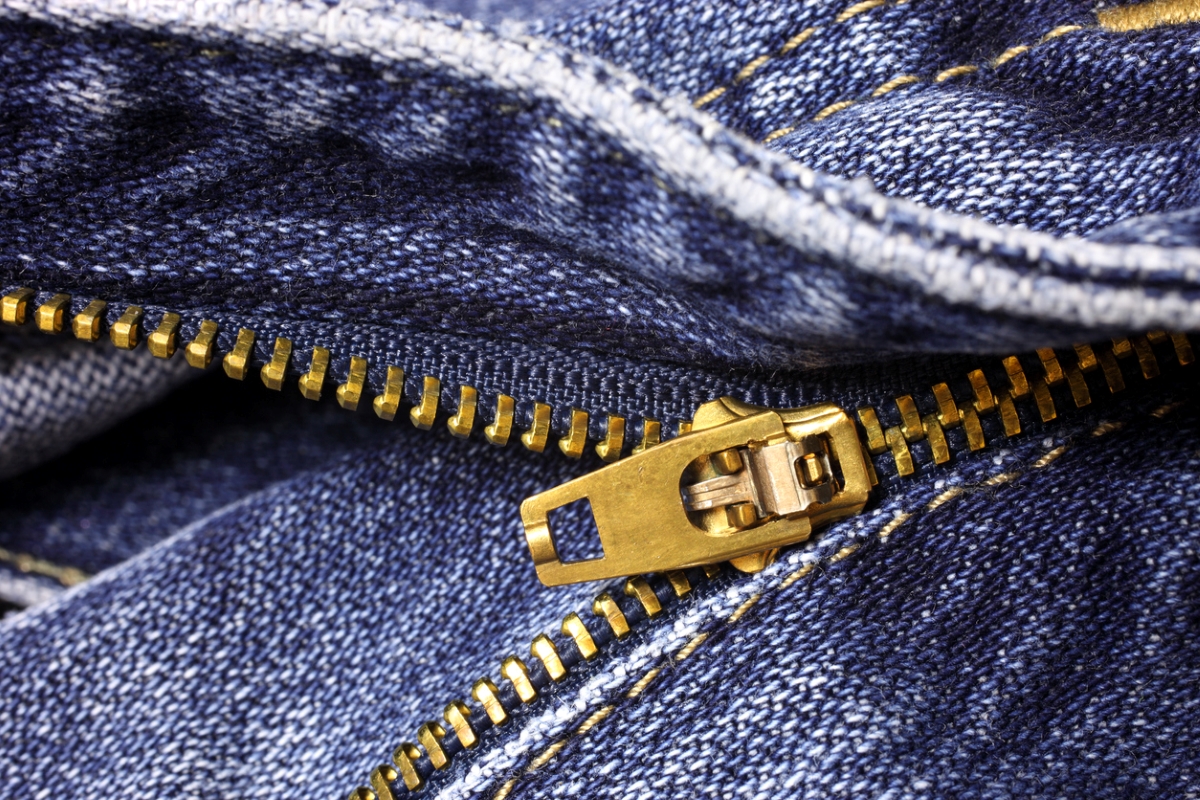
Before tossing pants or jackets into the hamper, take a moment to zip up the zipper. If you don’t, the metal teeth can damage other clothing as the laundry swirls and tumbles through the wash cycle and dryer. You should, however, leave buttons undone to prevent the back-and-forth motion of the washer from loosening their threads.
9. Overpacking the Washer
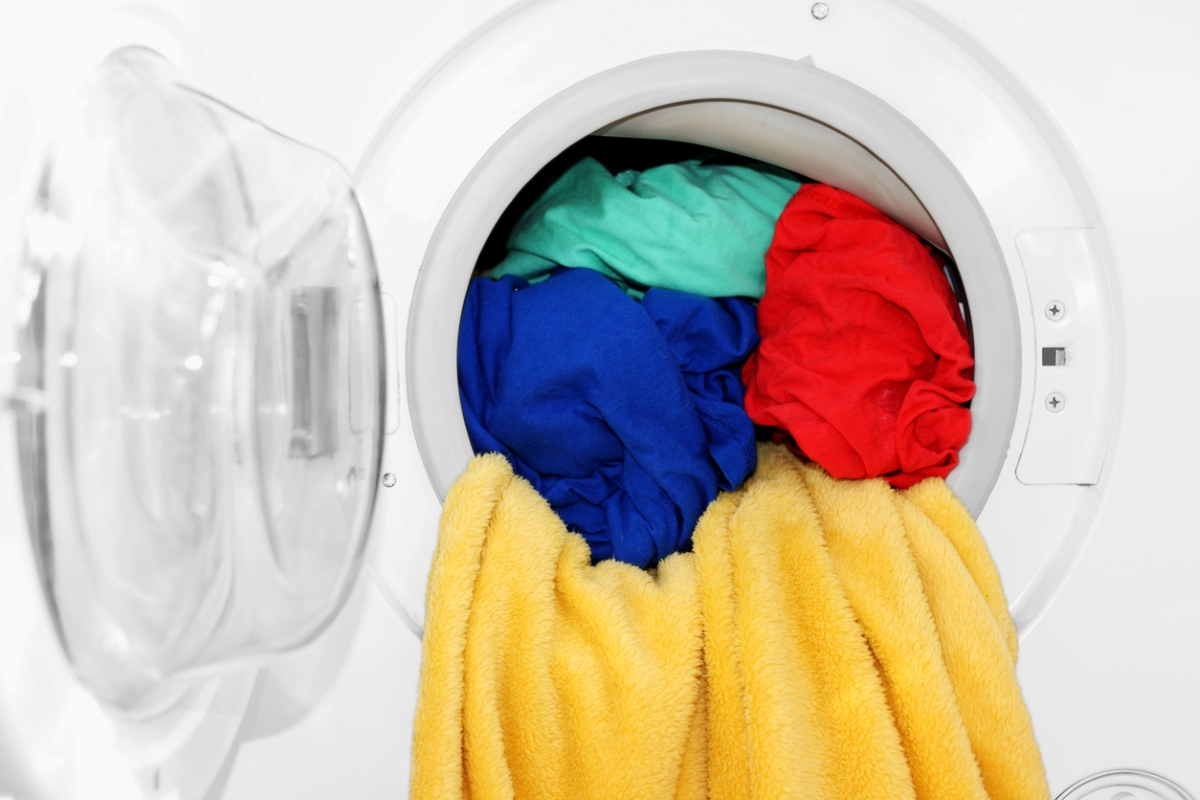
Stuffing in as much clothing as the machine can hold may seem like a good way to save time, but it’s not an effective way to get your clothes clean. For the best results, laundry shouldn’t reach higher than the agitator in a top loader, or past the row of holes closest to the door in a front loader. If the machine is extremely overloaded, it can even cause your washer to not spin at all. By filling a washer to the appropriate level, you allow water and detergent to circulate through the entire load and also minimize wear and tear on fabric.
RELATED: This Is the Best Time to Do Laundry
10. Using the Wrong Settings
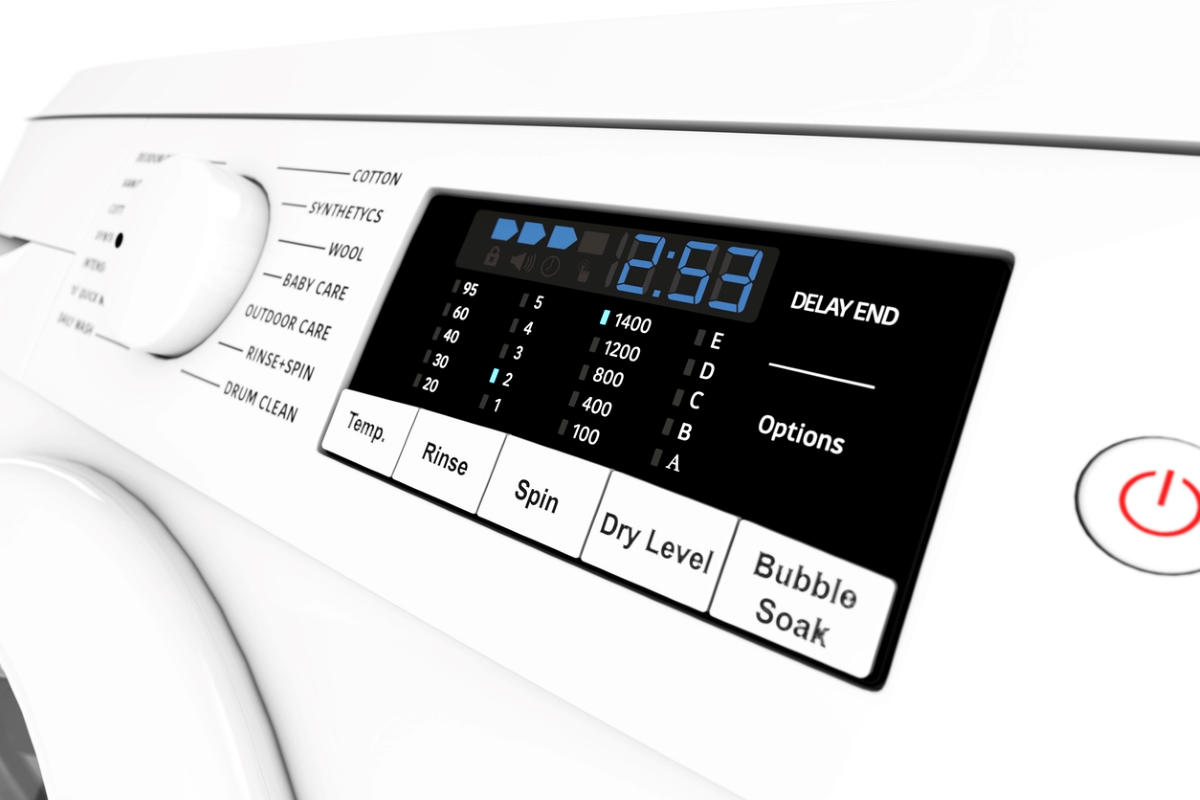
Your dryer’s “regular” setting is typically the hottest, which is good for heavy items like towels and blankets, but much too intense for lighter fabrics. For clothing, use the permanent press setting for best results. This medium-heat laundry setting has a cool-down period at the end, which not only reduces fading and wear, but also cuts down on wrinkles. And as with your washer, don’t overload the dryer.
11. Using Too Much Detergent

If you figure adding twice the detergent means twice the cleaning power, you’re making a common laundry mistake. Actually, extra detergent tends to create excess suds that float at the top of the water and then deposit dirt back down onto your clothes. This effect can also create bacteria buildup in tough-to-rinse spots like underneath collars or between buttons. Always follow the measuring guidelines on the detergent bottle or carton, but if you think you’re using too much, switch to laundry pods, or measure out just half to two-thirds of your usual amount of detergent.
12. Adding Detergent Last
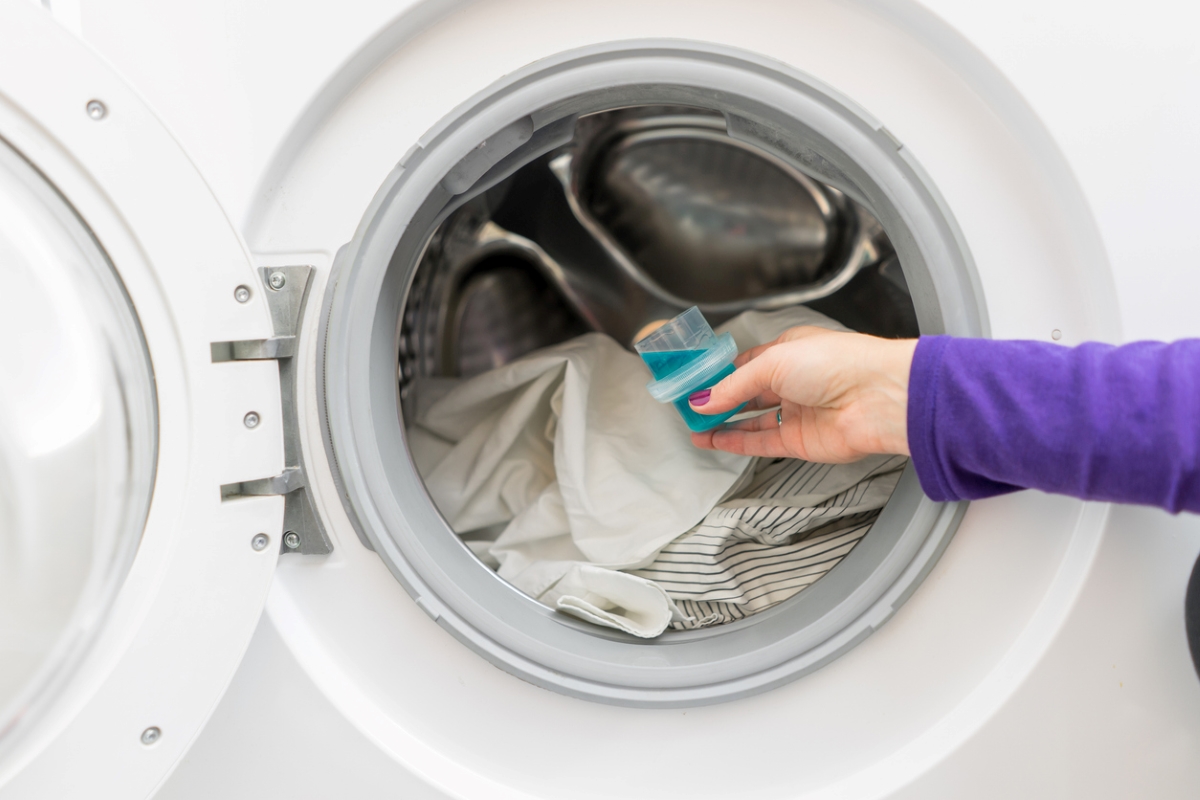
Dumping detergent on top of your laundry, especially powder detergent, is a double mistake. First, adding the detergent at the wrong stage means it might not dissolve fully. Second, you’re more likely to end up with streaks or powder on your clothing. Instead, start the washer, add the detergent so it can start dissolving, and then layer in your laundry.
13. Forgetting About the Lint Trap and Dryer Vent
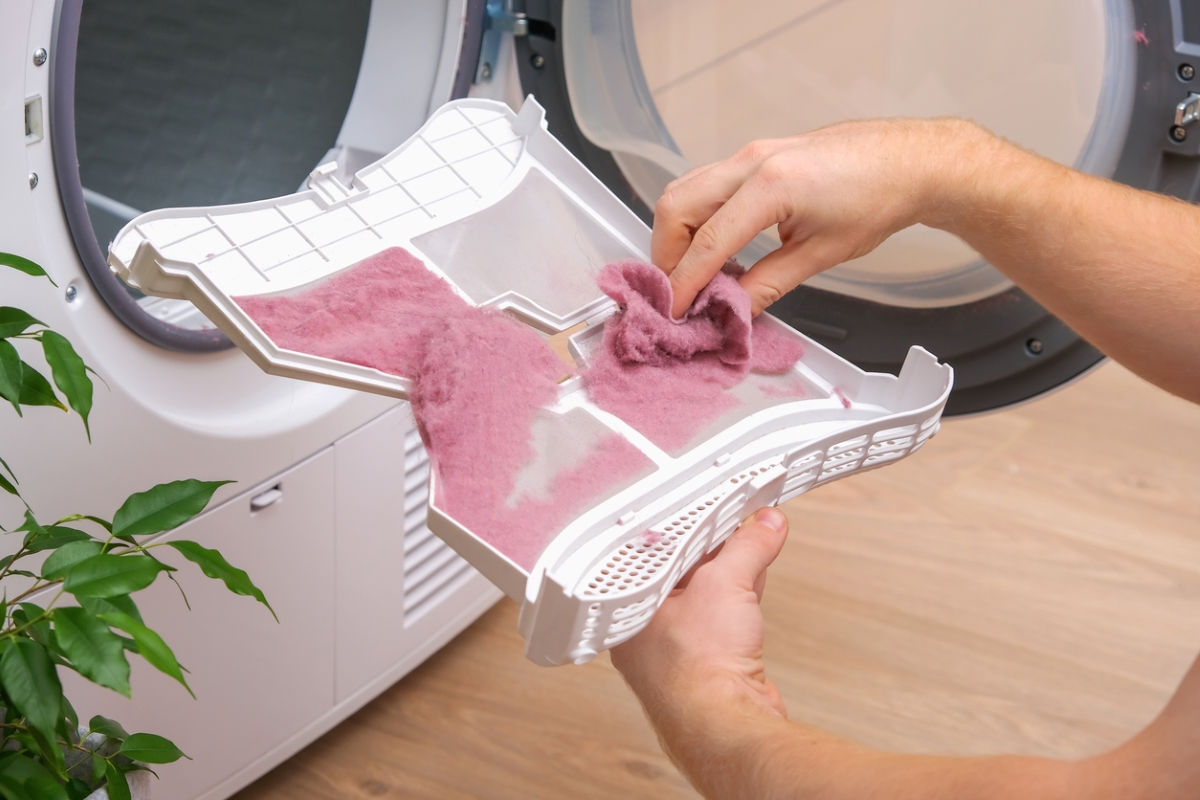
Like the washing machine, the clothes dryer needs regular maintenance. Beyond cleaning the lint trap after every use, you should clean the dryer vent at least once a year. A clogged vent not only forces the machine to work harder, but it could start a fire. To clean the dryer vent, detach the dryer vent hose from the wall and vacuum the hose. Then, go outside and clean the exterior vent.
14. Ignoring the Labels

The tiny symbols on clothing tags might be difficult to decipher, but that doesn’t mean you should ignore them. Learn how to decode the laundry symbols on clothing tags, so you know what items can go into the washer and dryer, and which need to be set aside for the dry cleaner or hand washing.
RELATED: Become a Laundry Ninja With This Guide to Washing Machine Settings
15. Leaving Your Clothes in the Machine
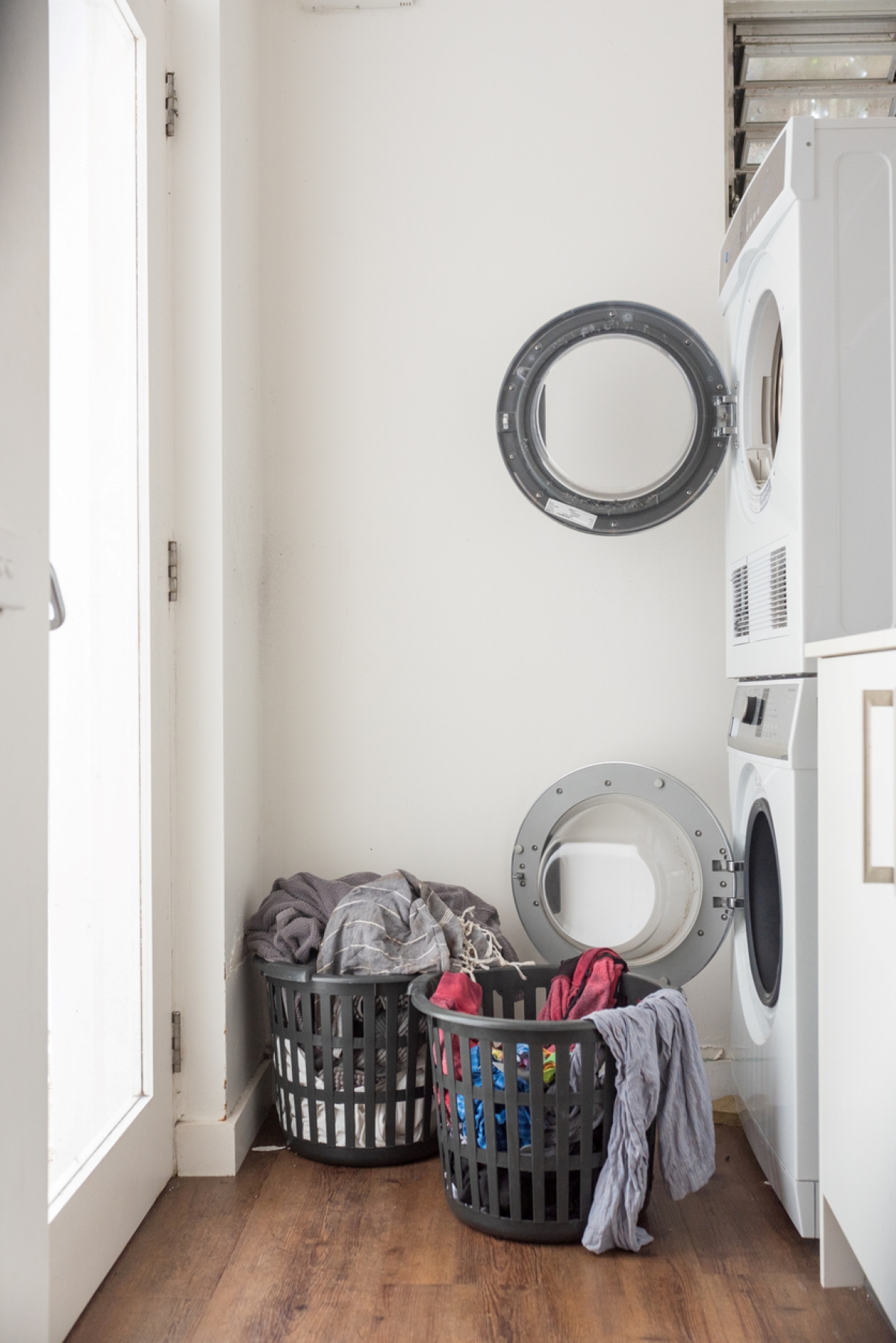
With so much going on throughout the day, it’s easy to throw a load of laundry in and forget about it. Letting the clothes sit in the washer or dryer might not seem like a big deal, but it’s actually undoing the work that was just done. Damp clothing that isn’t moved along to the dryer will smell and can even get moldy. While leaving clothes in the dryer does not have as nasty consequences, the clothes will wrinkle if they’re not folded promptly.
16. Not Doing Bleeding Tests
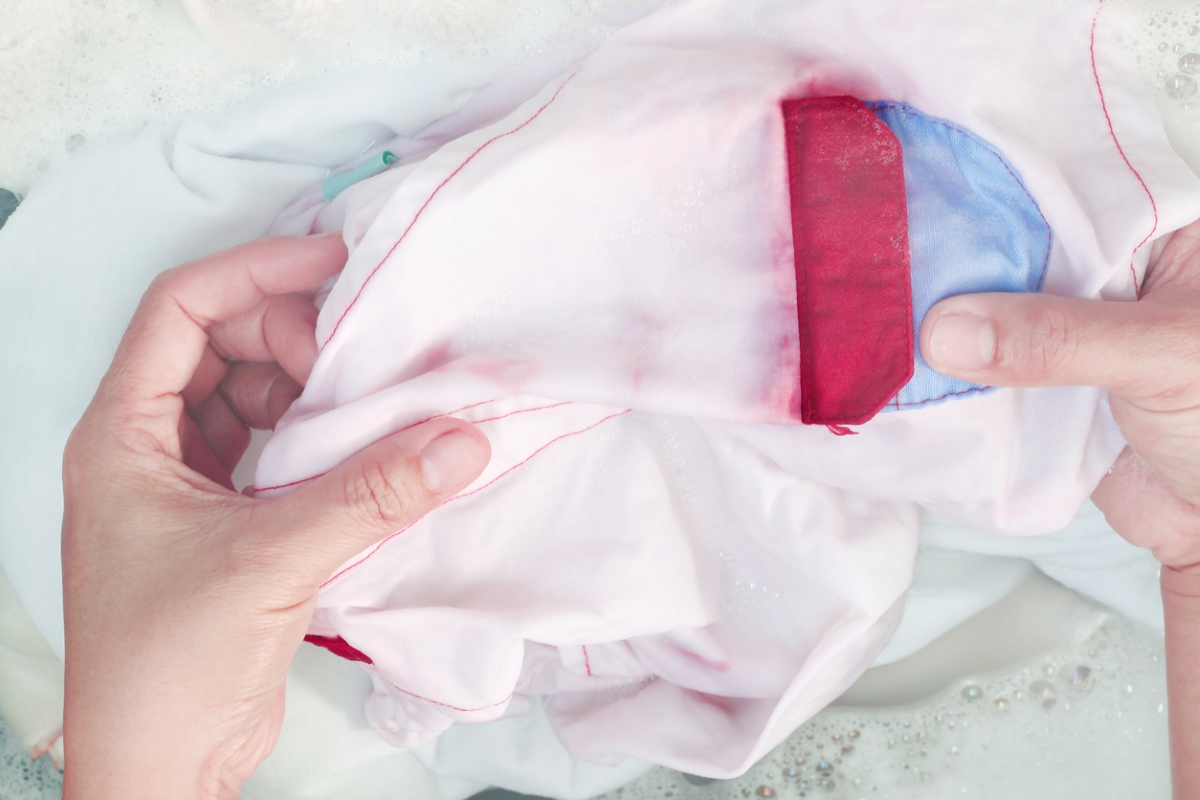
If you have a new red shirt or dark towel, do a quick science experiment before washing it. Red and other vibrant colors often stain lighter fabrics in the laundry by “bleeding” excess dye. Before washing these items with the rest of your load, splash some water on a patch of the fabric and use a paper towel to blot the moisture out. If there is dye transferred onto the paper towel, that piece of clothing should be washed on its own or with like colors so it doesn’t stain the rest of your laundry.
RELATED: 14 Things You Didn’t Know You Could Clean in Your Washing Machine
17. Using Older Appliances
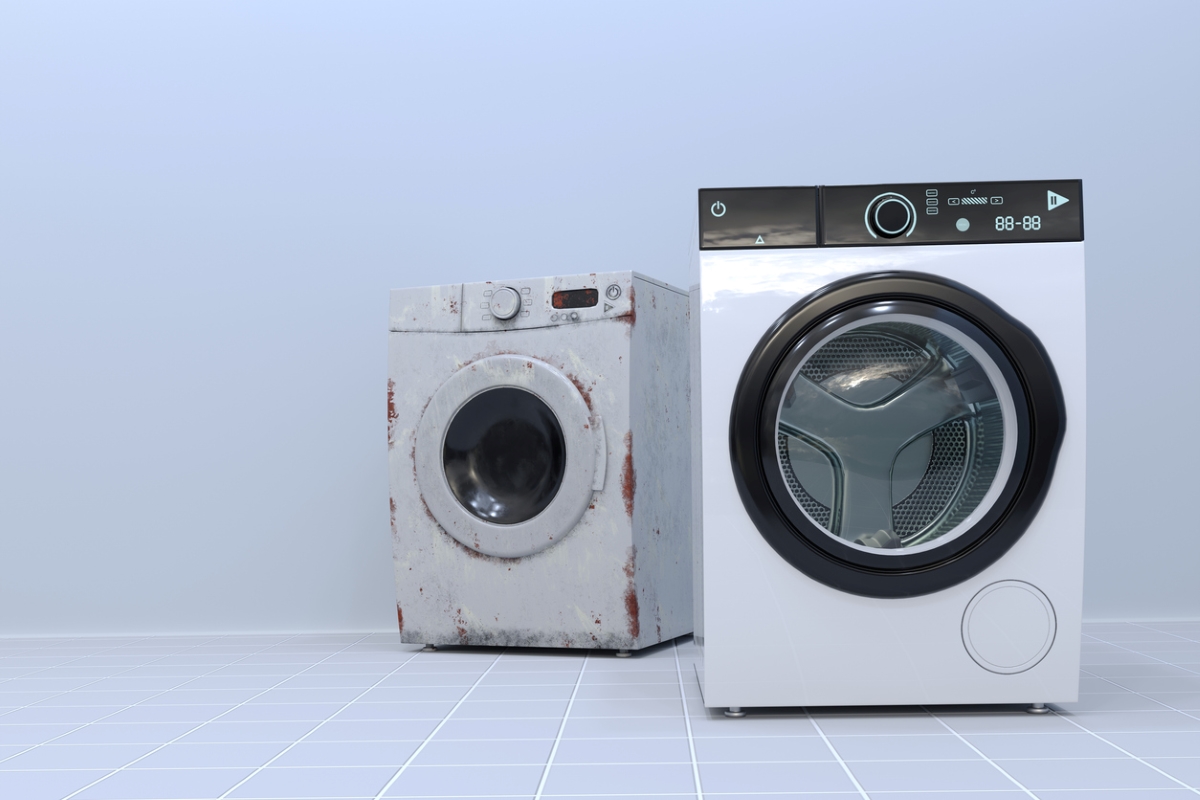
Older washing machines and dryers could be draining your pocket and ruining your laundry. On average, washers have a 10-year lifespan, while dryers can last an average of 13 years. Cutting down on the number of loads you do can help them last longer, but investing in a newer energy-efficient washing machine and dryer can help you save money on your electric bill.
RELATED: The Best Washers and Dryers Today
18. Not Drying Your Washer
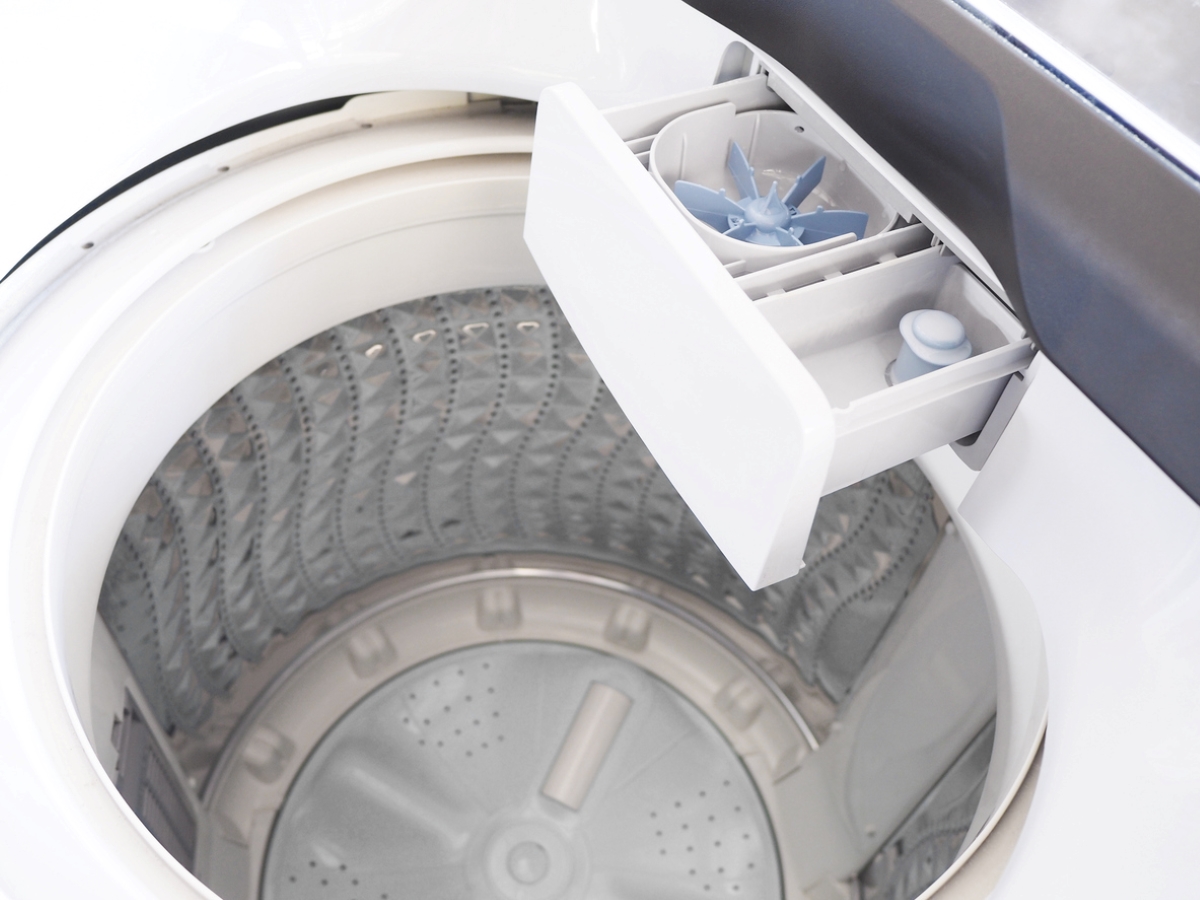
Washing machines can grow moldy if not properly cared for. After each load of laundry, it’s a smart idea to leave the door open so the mold-causing moisture can’t collect (pull out the detergent reservoir, too, so it can dry). Regular sanitizing loads will also keep your washing machine from gathering mold, bacteria, and odors.
RELATED: How to Clean a Dryer
19. Forgetting to Use Delicates Bags
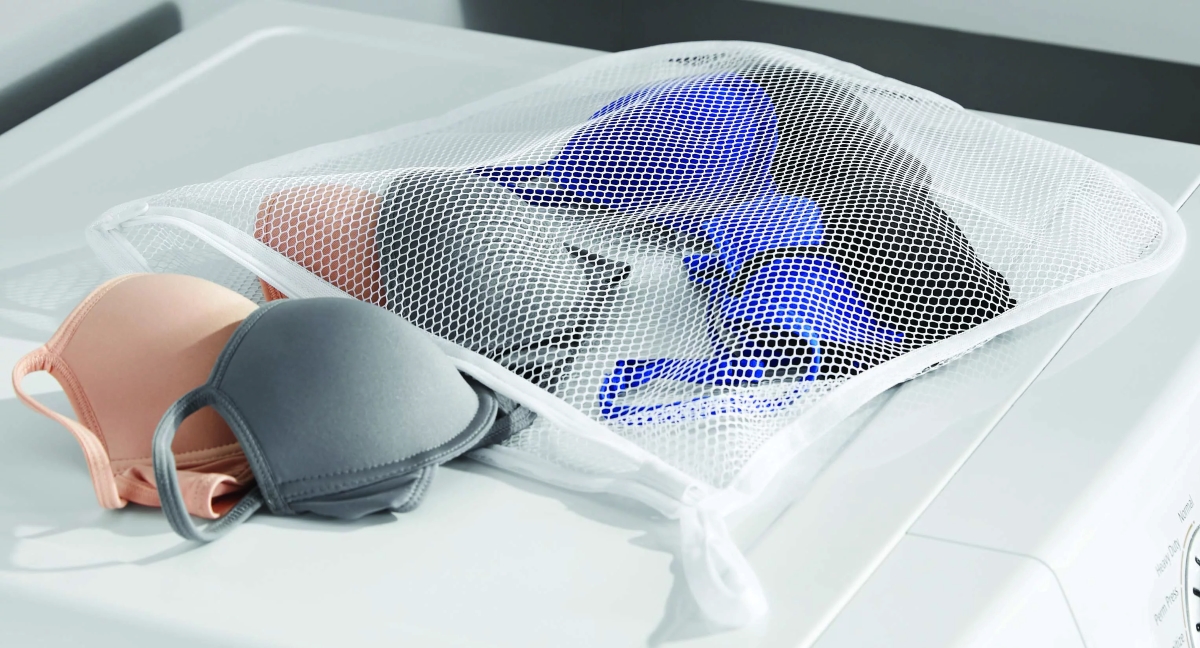
Protecting your delicates while avoiding running small loads of laundry can be a difficult balance. Wash undergarments and other delicates with the rest of your laundry without sacrificing on protection by placing them in delicates bags before tossing them in with the rest of the load. This will reduce snags, tears, and stretching and extend the life of your delicates. (Make sure to adjust the washer’s settings for delicates too!)
